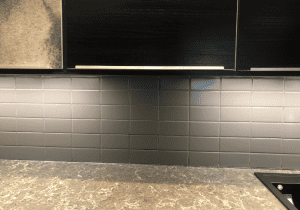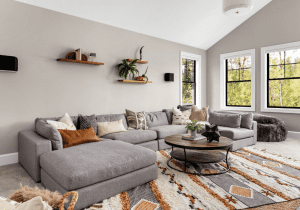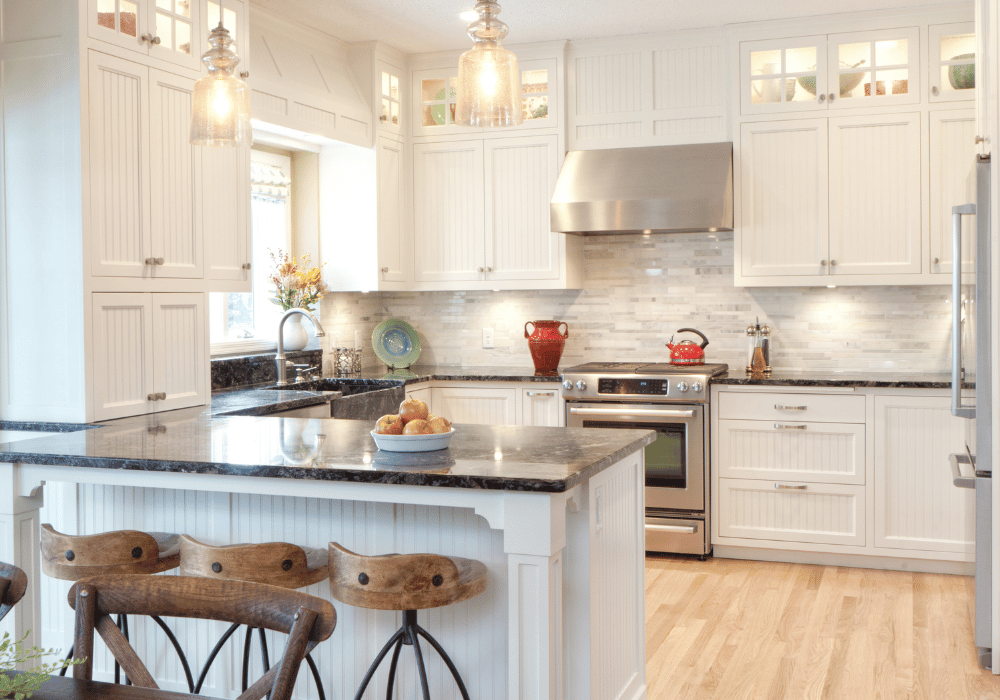A well-designed lighting plan is one of the most important elements in creating an accessible and safe living environment for people with disabilities or limited mobility. Proper lighting can help increase visibility, reduce glare, and improve contrast, making it easier for individuals with disabilities to move around and perform daily tasks. In this post, we’ll share some accessible home lighting design ideas to help you enhance the overall accessibility of your living space.
Use Adjustable Lighting Solutions:
One of the easiest ways to create an accessible lighting plan is by incorporating adjustable lighting fixtures. These fixtures can help you adjust the intensity and direction of light, making it easier to create a comfortable and safe living environment. For example, adjustable task lighting can be used to increase the brightness level in areas where you need more visibility, such as the kitchen or workspace. You can also use dimmer switches or smart lighting systems to adjust the brightness level according to your mood or need.
Add Under Cabinet Lighting:
Under cabinet lighting is another effective way to increase visibility and reduce glare in the kitchen or workspace. It can help eliminate shadows and make it easier for people with disabilities to perform tasks such as food preparation or writing without straining their eyes. You can opt for LED strip lights that are easy to install and consume less energy, making them a more cost-effective option in the long run.
Install Motion Sensor Lighting:
Motion sensor lighting is a smart lighting solution that can add an extra layer of security to your home while also improving accessibility. These lights turn on automatically when they detect movement and switch off after a certain period of inactivity, making it easier for people with limited mobility to navigate around the house during the night. You can install them in hallways, entryways, or bathrooms to create a safer and more accessible living space.
Use Natural Lighting:
Natural lighting is a cost-effective and eco-friendly way to increase visibility and improve the mood of your living space. It can also help reduce the energy consumption of your home while providing a healthier and more comfortable living environment. If possible, try to maximize the amount of natural light in your living space by using large windows, skylights, or light-colored walls that reflect the light.
Create Zones with Different Light Levels:
Creating zones with different light levels is a great way to enhance the overall accessibility of your living space and create a more dynamic lighting plan. For example, you can use ambient lighting to create a relaxing and cozy environment in the living room while using task lighting to increase visibility in the workspace or kitchen. You can also use accent lighting to highlight artwork or architectural features in your home.
Proper lighting is crucial in creating an accessible living space for people with disabilities or limited mobility. By incorporating adjustable lighting solutions, under-cabinet lighting, motion sensor lighting, natural lighting, and creating zones with different light levels, you can enhance the overall accessibility of your home and create a more comfortable and safe environment for everyone. We hope these accessible home lighting design ideas have inspired you to create a more accessible and welcoming living space.

